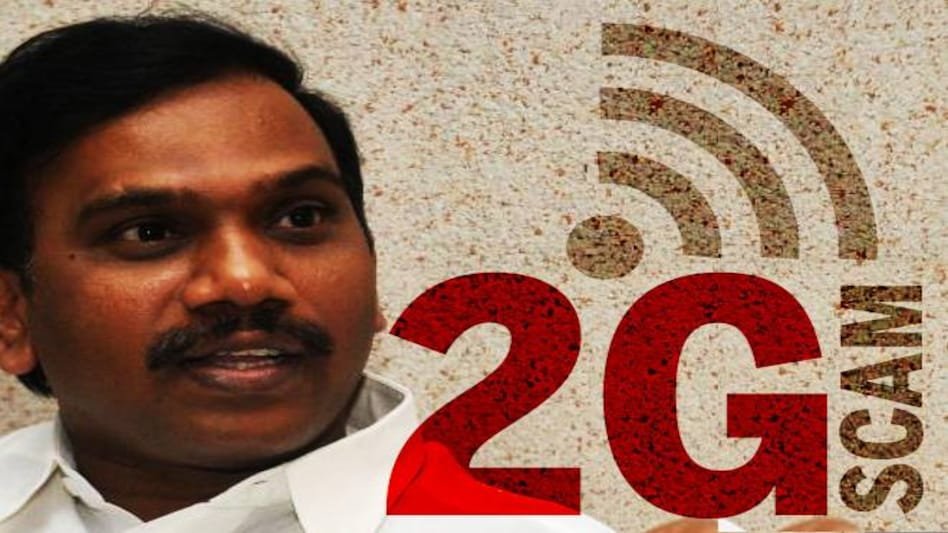2G spectrum scam in India, loss of Rs 176,000 crore
The CAG used several methods to ascertain the ‘estimated loss’ in the 2G spectrum allocation case. Said it was not possible to calculate the actual loss. According to various methods, the estimated loss in spectrum allocation was between Rs 58,000 crore and Rs 1.76 lakh crore. Based on foreign investment received by Swan Telecom and Unitech post-licensing, the report calculated a loss of around Rs 58,000. crore to Rs.68,000 crore. Many of the new UAS licensees as of 2008 have been able to attract substantial amounts of foreign direct investment (FDI). The value of a new company with no experience in the telecom sector can be taken primarily in terms of licenses and access to spectrum. 1,658 crore by DoT,” the CAG report said.
The CAG used several methods to ascertain the ‘estimated loss’ in the 2G spectrum allocation case. Said it was not possible to calculate the actual loss. According to various methods, the estimated loss in spectrum allocation was between Rs 58,000 crore and Rs 1.76 lakh crore. Based on foreign investment received by Swan Telecom and Unitech post-licensing, the report calculated a loss of around Rs 58,000. crore to Rs.68,000 crore.
The Supreme Court said that the spectrum scam has put all other scams to shame. The incident forced former Telecom Minister A Raja to resign after being convicted by the CAG in the 2G spectrum scam, resulting in a loss of around Rs 176,000 crore to the national exchequer. The scam revolves around alleged irregularities by the Telecom Ministry in allotting wireless radio spectrum and licenses to private operators – some of whom were ineligible. Licenses were granted and spectrum allocation was done at very low prices (2008 in 2001 prices), causing huge losses to the national exchequer.
Based on the prices offered by S Tel at Rs 13,752 crore for the new UAS license and dual technology license, the CAG calculated a loss of Rs 67,364 crore. In addition, it calculated the cost of additional spectrum over and above the contracted quantity of 6.2 MHz. The Rs 1.76 lakh crore figure was based on the auction prices of 3G spectrum apart from prices for dual technology and additional spectrum given to operators. “If the price is calculated on the 3G rates, which can also be taken as one of the indicators for estimating the value of 2G spectrum allotted to the UAS licensees in 2008, the value comes to Rs 1,11,512 crore. , while the Department of Telecommunications has received Rs 9,014 crore. said the CAG. To this, the prices for dual technology and additional spectrum were further added to the figure of Rs 1.76 lakh crore.
“The material placed before the court shows that the C&IT Minister wanted to favor certain companies at the cost of the exchequer…the manner in which the exercise of granting LOIs (Letters of Intent) to the applicants was conducted on 10.1.2008 Was. There is no doubt that everything was done in favor of those who were able to know in advance the changes in the implementation of the principle of first-come-first-serve.”
“Surprisingly, the recommendations of TRAI were cherry-picked and the prices of 2G and 3G are comparable while referring them by audit and to calculate the estimated loss for spectrum on the basis of revenue received through 3G auction. Wasn’t fully considered while trying. One fails to understand how the TRAI recommendation of May 11, 2010 cited by the audit can be implemented retrospectively for spectrum allotted in 2008. Additionally, 3G spectrum was auctioned for the first time in the country in early 2010. How the revenue realized in 2010 for 3G, can be used to calculate the loss due to 2G spectrum allocated in 2008, where the demand-supply situation was also very different, which needs proper justification. ” On the estimated loss to the exchequer in the grant of 2G licences, Special Judge OP Saini observed, “Some people created a scam by systematizing certain selected facts and exaggerating things beyond recognition on an astronomical level” and “a Everyone saw the big scam. where there was no one”.















